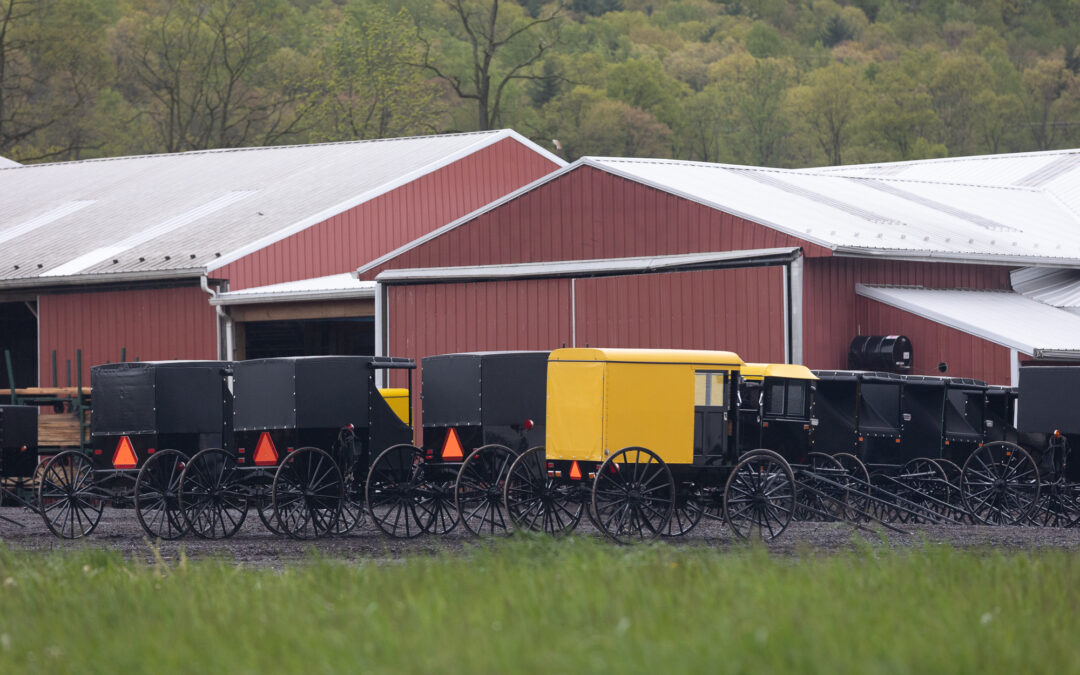Yesterday we drove past an Amish wedding site, see photo above, and thought it would be a good idea to post more information about Amish weddings. Below is what we found online.
To begin with, it is important to understand that Amish weddings are community affairs. From the planning stages to the day of the ceremony, the entire community comes together to support the couple getting married [1]. In fact, it is not uncommon for multiple couples to get married on the same day, which allows the community to come together and celebrate multiple unions at once.
One unique aspect of Amish weddings is the strict courting process that precedes them. In the Amish culture, dating is not allowed, and young people must court with the intention of finding a spouse. Courting typically begins when a young man asks a young woman’s father for permission to court her [1]. Once permission is granted, the couple will spend time together in group settings, with the goal of getting to know one another and determining whether they are compatible.
Assuming the courting process is successful, the couple will become engaged, and the wedding planning process will begin. In keeping with their rejection of modern technology, Amish couples do not typically use phones or the internet to plan their weddings. Instead, they rely on word-of-mouth and face-to-face communication with members of their community [2].
The wedding ceremony itself is a lengthy affair, lasting several hours. It typically takes place in a member’s home or in a church, depending on the size of the community. Guests sit on hard, backless benches throughout the ceremony, which is conducted entirely in German [2]. The ceremony is presided over by the bishop, who is a community leader and religious authority.
The wedding ceremony itself is full of interesting customs and rituals. For example, the bride and groom are not allowed to see each other on the day of the wedding until they meet at the altar. The bride’s dress is typically made by her or a member of her community, and it is simple and modest, reflecting the Amish belief in humility and simplicity [4].
Another interesting tradition is the use of celery as both a decoration and a food. Celery is considered a symbol of fertility and is often used to decorate the wedding feast. It is also served as a dish, typically alongside mashed potatoes and chicken [4].
The wedding feast itself is a significant part of the wedding ceremony. It is typically served family-style and features traditional Amish dishes, such as chicken, ham, and mashed potatoes. The feast is often held in a barn, which is decorated with flowers and greenery for the occasion [5].
In addition to the wedding ceremony and feast, there are other customs and rituals associated with Amish weddings. For example, the newlywed couple is expected to visit each member of the community and share a meal with them in the days following the wedding. This tradition reinforces the idea of community and allows the couple to receive blessings and well-wishes from

